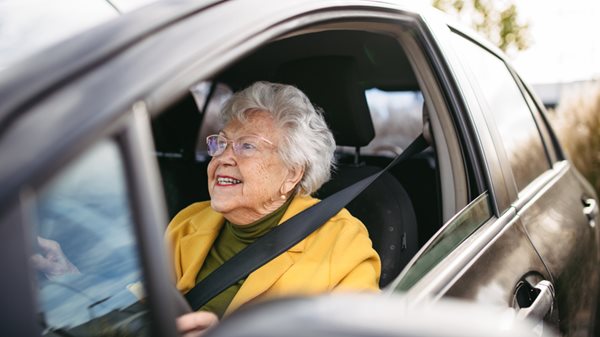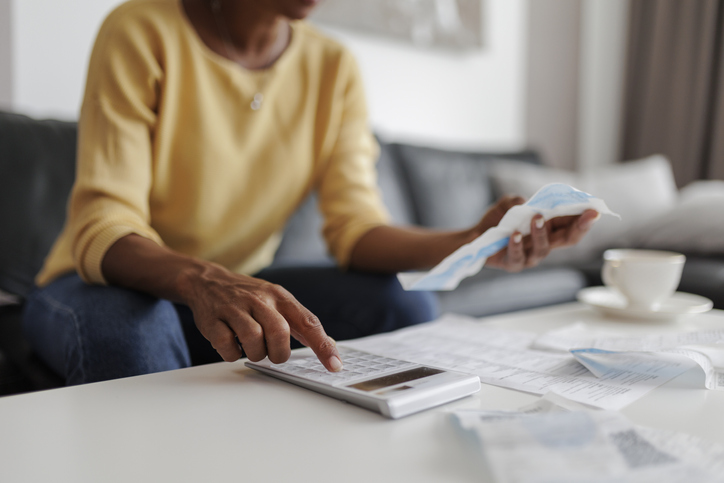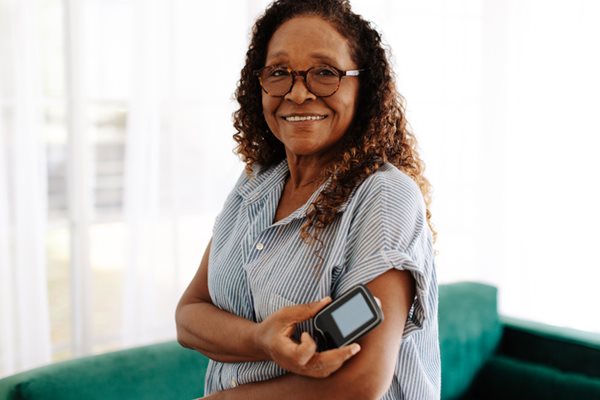General travel tips
- Be sure to get any required vaccinations at least four weeks before you travel, so you have time to deal with any possible side effects.
- Have a letter from your doctor stating that you need to carry medicines or supplies because some airlines and some countries require you to. Syringes and needles can present a problem when flying and when entering some countries.
- Carry a list of your medications (including the generic names and their dosages) from your pharmacist.
- Keep your medication, meal, and snack times as regular as possible.
- If traveling by air or car, try to do some form of activity during your journey: do simple stretches in your seat, circle your ankles, raise your legs, or move around periodically in the aisles.
- If traveling or hiking into remote areas, bring along a first aid kit and, if you use insulin, a Glucagon Emergency Kit to treat severe hypoglycemia.
- If you will be extremely active while traveling, you may need to decrease your diabetes medication, so be sure to discuss this with your diabetes educator or physician.
Carrying insulin and other supplies
- Always carry your insulin and supplies with you in your carry-on luggage. Do not place insulin in your checked luggage as the temperature fluctuations can damage it.
- When traveling by air, you may carry liquids such as insulin, juice or gels to treat hypoglycemia, etc., even in amounts greater than 100 ml. Just make sure they’re accessible and declare them to security when being screened.
- Syringes and needles are also allowed in your carry-on, as long as you are also carrying with you the injectable medication (e.g. insulin).
Storing insulin while travelling
- Insulin must be stored properly, as it will spoil if left in temperatures that are too hot or too cold.
- Insulin keeps its strength at room temperature for 30 days. If traveling in hot temperatures, store your insulin in an insulated bag. If traveling in cold temperatures, keep your insulin close to your body to stop it from freezing.
- You can carry a small sharps container to store used needles and syringes while traveling.
- Take spare syringes and insulin and backups of any other medications or medical supplies.
- If hand-washing facilities are not available, carry alcohol swabs, moist towelettes or hand sanitizer to clean your fingers prior to testing.
Adjusting insulin for time zone changes
- It is a good idea to speak with your doctor or diabetes educator prior to making changes to your medication schedule or dosage.
- When travelling east, your travel day will be shorter. If you lose more than two hours, you may need to take fewer units of intermediate or long-acting insulin.
- When travelling west, your travel day will be longer. If you gain more than two hours, you may need to take extra units of short-acting insulin and more food.
- If you are crossing time zones, you should discuss your meal and insulin schedule with your doctor or diabetes educator.
Adjusting oral diabetes medication for time zone changes
- Ask your doctor or diabetes educator for any recommended changes to medication timing and dosage.
Airport Screening
- You are not required to disclose that you have diabetes to screening personnel.
- You are not required to remove your insulin pump for screening. Just inform the Screening Officer that you are wearing one.
- Do not wear an insulin pump or CGM through the body scanner or place your insulin pump through the x-ray machine as they may affect the devices’ functioning. Instead, you can ask the screening officer to perform a physical search instead (in a private location, if you wish).
- Handheld metal detectors do not affect the functioning of insulin pumps or CGMs.
- If you have any comments or concerns about a recent experience at airport security, please contact the Canadian Air Transport Security Authority (CATSA) at 1-888-294-2202 (toll-free), TTY 613-949-5534, Fax 613-990-1295 or use CATSA’s feedback form on their website.
The Traveler's Checklist
Before you leave, remember to get:
- Travel health insurance
- A list of your medications
- A letter from your doctor stating:
- Your diabetes treatment plan so doctors in the places you travel can understand your needs.
- That you need to carry syringes or needles for insulin pens and lancets as part of your insulin treatment. Having this will be helpful if your luggage is examined at airport security checkpoints.
- The supplies you need for your diabetes care. Be sure to keep your syringes, needles, pens, and lancets in the same boxes that they came in with the original prescription label on them.
- Any needed vaccinations
Ask your doctor, diabetes educator or health care team about:
- Illness management
- Low blood sugar management (and Glucagon for insulin users)
- Adjustments for meals, insulin and medications in different time zones
- Avoiding illness caused by contaminated food and water
- Tips for adjusting your medication if required
Packing list
- Telephone numbers of your doctor and diabetes educator
- Extra supply of insulin or pills for diabetes
- Blood glucose meter and logbook
- Fast-acting sugar to treat low blood sugar
- Snacks to cover delayed meals, such as crackers and fruit
- Extra supply of syringes, needles and an extra insulin pen if used
- Urine ketone-testing strips
- Glucagon
Related Content

Driving
People with diabetes have the right to drive and a license.
Rights and driving About Driving
Insurance
Find out more about obtaining or renewing insurance when you have diabetes.
Diabetes and insurance About Insurance
Self-care in public places
It is important to be able to safely treat your diabetes, no matter where you are.
Public self-care About Self-care in public places